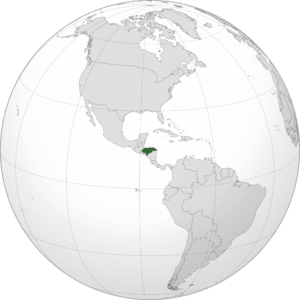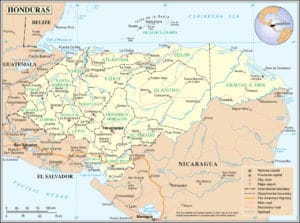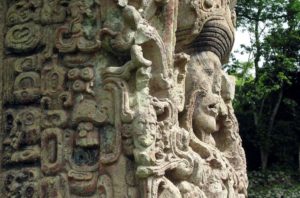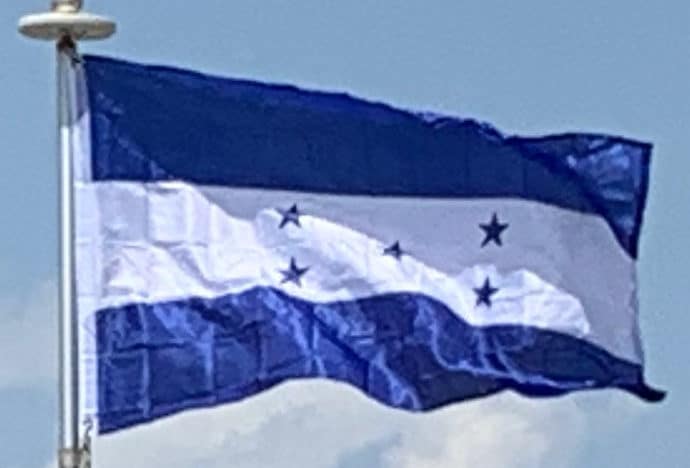Introduction:
Honduras, officially the Republic of Honduras, is a country in Central America. The republic of Honduras is bordered to the west by Guatemala, to the southwest by El Salvador, to the southeast by Nicaragua, to the south by the Pacific Ocean at the Gulf of Fonseca, and to the north by the Gulf of Honduras, a large inlet of the Caribbean Sea.

Honduras was home to several important Mesoamerican cultures, most notably the Maya, before the Spanish Colonization in the sixteenth century. The Spanish introduced Roman Catholicism and the now predominant Spanish language, along with numerous customs that have blended with the indigenous culture. Honduras became independent in 1821 and has since been a republic, although it has consistently endured much social strife and political instability, and remains one of the poorest countries in the Western Hemisphere. In 1960, the northern part of what was the Mosquito Coast was transferred from Nicaragua to Honduras by the International Court of Justice.
The nation’s economy is primarily agricultural, making it especially vulnerable to natural disasters such as Hurricane Mitch in 1998. The lower class is primarily agriculturally based while wealth is concentrated in the country’s urban centers.
Honduran society is predominantly Mestizo; however, American Indian, black and white individuals also live in Honduras (2017). The nation had a relatively high political stability until its 2009 coup and again with the 2017 presidential election.

Honduras spans about 112,492 km2 (43,433 sq mi) and has a population exceeding 9 million. Its northern portions are part of the Western Caribbean Zone, as reflected in the area’s demographics and culture. Honduras is known for its rich natural resources, including minerals, coffee, tropical fruit, and sugar cane, as well as for its growing textiles industry, which serves the international market.
History:
Pre-Colonial Period:
In pre-Columbian times, almost all of modern Honduras was part of the Mesoamerican cultural area, with the exception of La Mosquitia in the extreme east, which seems to have been more connected to the Isthmo-Colombian area although also in contact with and influenced by Mesoamerican societies. In the extreme west, Mayan civilization flourished for hundreds of years. The dominant and most well-known and well-studied state within Honduras’ borders was in Copán, which was located in a mainly non-Maya area, or on the frontier between Maya and non-Maya areas. Copán declined with other Lowland centres during the conflagrations of the Terminal Classic in the 9th century. The Maya of this civilization survive in western Honduras as the Ch’orti’, isolated from their Choltian linguistic peers to the west.

However, Copán represents only a fraction of Honduran pre-Columbian history. Remnants of other civilizations are found throughout the country. Archaeologists have studied sites such as Naco and La Sierra in the Naco Valley, Los Naranjos on Lake Yojoa, Yarumela in the Comayagua Valley, La Ceiba and Salitron Viejo (both now under the Cajón Dam reservoir), Selin Farm and Cuyamel in the Aguan valley, Cerro Palenque, Travesia, Curruste, Ticamaya, Despoloncal, and Playa de los Muertos in the lower Ulúa River valley, and many others.
